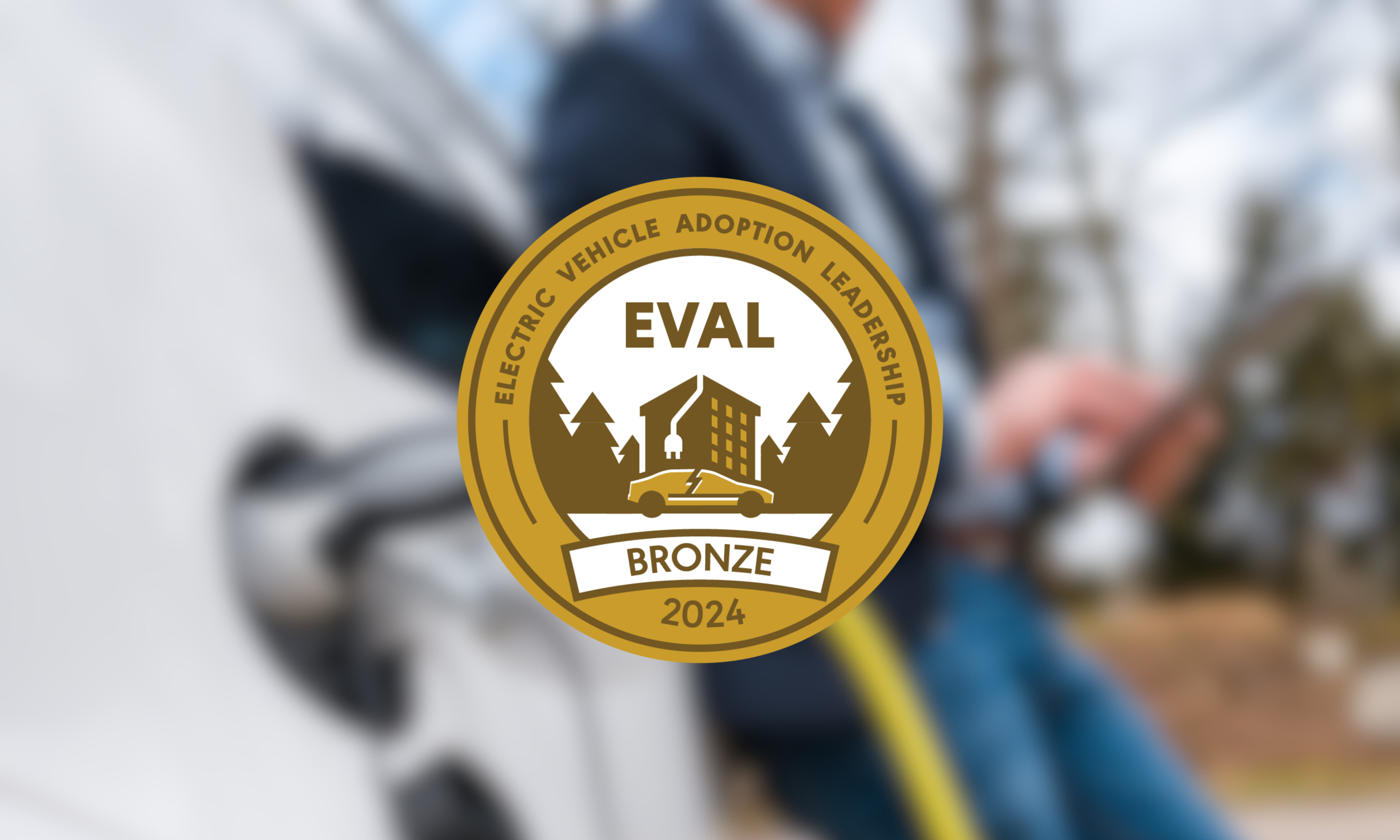
Standing between past and future RAV4 EVs
I recently had the privilege of driving what I secretly fantasized might be the clandestine automotive love child of an illicit tryst that could have occurred in the midnight hours between my 2001 RAV4 EV and 2008 Tesla Roadster whilst parked next to each other in the garage. Bill Bergen, Toyota’s National Manager of Training and Technology, had kindly dropped by our Huntington Harbor Home in a gleaming, pearl white demonstration prototype Toyota / Tesla RAV4 EV; one of 32 currently being put through paces in a wide range of climates and conditions under real-world driving circumstances in anticipation of a planned summer 2012 production.
After I inspected the new-generation RAV from the sleek under belly pan to the stylish headlamps, Bill calmly explained the stratospheric value of the electrified prototype RAV I was just about to pilot. Vowing to drive with elaborate care, I slid cautiously behind the wheel, stepped on the brake and pushed the roadster-like Drive Button on the center console. It was cool to realize that, unlike my gracefully-aging 2001 RAV4 EV, this re-engineered RAV has Tesla DNA coursing through the power train, the motor, inverter and in the 660-pound battery pack mounted under the floor. Future 2012 RAV4 EVs will share — though not precisely — the Tesla roadster’s lithium battery chemistry and regenerative braking as well as other Tesla touches. Toyota, with its long-standing RAV4 EV history, is clearly hard at work with Tesla Motors to create a revolutionary RAV4 EV with its mostly standard RAV4 2012 body — a body that is longer and sleeker in style than the chubby, cheeky RAV4 EVs we long-time RAV4 EV drivers are used to.

Under the Hood
But back to the test drive: I stepped on the accelerator and off we headed to Pacific Coast Highway. I could discern the distinct, Tesla-like whir-purr I’ve come to love with none of the annoying roadster road noise I’ve come to resent. At the first stop sign I experienced familiar Tesla-like regenerative braking. Perhaps it’s only because I’ve grown accustomed to the touch, but I totally dig my roadster’s level of regenerative braking. And in that respect, this RAV4 EV prototype couldn’t have been better designed for me than if it were custom created for me. I found that with just the right foot lift from the accelerator, I could pretty precisely time stops without much brake action. Other drivers less familiar with the roadster’s more aggressive regenerative braking compared to their legacy RAVs’ lighter regenerative braking might disagree with me on that, however.
As we headed down Edinger Avenue’s sparsely-traveled straight-away, I became focused on this RAV’s torque and off-the-line performance. I guesstimated zero to 60 at about nine seconds. And that, as it turned out, was right on the money. This SUV doesn’t pretend to be a flashy, fast electric sports car, but it would effortlessly leave my dear old 2001 RAV4 EV in its electrified wake.
I don’t know how many cells make up the RAV’s battery pack, but as with my Tesla Roadster, there are thousands of them to provide the wherewithal to potentially power a 3,932 pound SUV up to 100 miles an hour while in much more moderate driving, sending that same car over a range of 100 miles. Bill explained that small, liquid-cooled format cells with 37 kWhs of usable energy make up a long, relatively narrow battery pack which rests under the floor — much more similar to Tesla’s Model S battery format than to the roadster’s.
I steered this rare RAV down Pacific Coast Highway, over to 2nd Street and then zoomed onto the 22 Freeway where the car performed well at higher speeds and in traffic. Here’s my main concern, though: The car is designed to take an inconvenient 12 hours to charge at 240 VAC and a stultifying 22 hours to charge at 120 VAC. (Toyota must, therefore, be limiting the charge rate on 240 VAC to 16 amps.) Since the 2012 RAV’s usable energy is 37 kWhs, if 32 amp charging were allowed at 240 VAC, a full charge should take a mere five hours. So why would I choose to wrestle with the inconvenience of wrestling around with 12 hours for a Level 2 charge in a supposedly new and upgraded car? What this means is that a 2012 RAV is going to take nearly seven hours more to charge than my 2001 RAV. Really? Even more compelling: my Tesla roadster (the other half of this production equation) takes a mere 3 1/2 hours to charge at 70 amps.
You’ve proven before that it can be done, Toyota. Plus you are co-partnering with this amazing start-up, Tesla Motors, to design an innovative new product. But you do need to get amped up about this charging business. If you can reduce that charge time to a reasonable rate, then gimme the keys, and I’ll fork over the dough. Because in other respects that new RAV4 EV of yours is a winner.

Milbank Charging the new RAV4 EV
